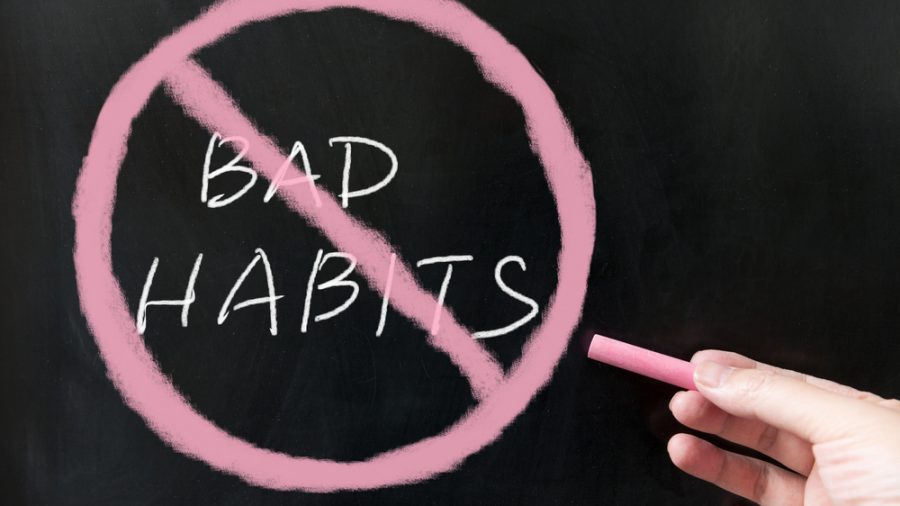It seems to be a quirk of human nature – when something goes well, we take the credit for it. But when it turns sour, we pin the blame on something outside ourselves. It could be other people, unexpected circumstances, or even the road.
For this reason, it’s very common to hear people talk about roads being dangerous. Government programs like Blackspot and Safer Roads and expensive upgrades of regional highways imply, if they just fix up the road, then people will drive safely on it. This seems a bit optimistic.
Who is responsible?
Founder and CEO of Australian Road Safety Foundation (ARSF), Russell White, says peer pressure would be much more effective than authority in encouraging people to drive safely. Yet, a recent study by ARSF suggests nobody wants to be responsible for telling another driver what to do.
Nearly half of Australians polled said they don’t ask speeding friends or family members to slow down because they believe it “isn’t their place” to ask them. The study also found 46% of passengers don’t tell Uber or taxi drivers to put their phones away while driving.
This is surprising, considering their own safety is also at stake.
What is driving safely?
The authorities enforce the rules for safety, but driving to the rules is not necessarily the same as driving safely.
Driver Education Centre of Australia (DECA) says there are two parts to driving safely:
- Low risk driving
- Driving to conditions.
Low risk driving means driving at the speed limit, without any distractions (phone, make-up, radio dial), and leaving a 2-3 second gap between you and the vehicle in front. It sounds simple but surprisingly few people do it.
Driving to conditions means you learn to change the way you drive, based on the weather, the traffic and – yes – the road. If there are roads that seem more dangerous than others, then you change your driving style to accommodate them.
If you drive to conditions, it’s not the road’s fault.
Lives lost and serious injuries
The government has claimed responsibility for the reduction in lives lost in Sydney over 5 years. It points to increased road funding, the 5-star Australian New Car Assessment Program and the Graduated Licensing Scheme.
Fair enough, but it does not claim responsibility for the 9% increase in serious road injuries, especially in Sydney’s west, far west and north.
Safer drivers
Safer roads do not equal safer drivers.
For example, when there are low speed limits in spite of conditions, it is no surprise many drivers don’t know how to drive to conditions. Sooner or later, reducing lives lost on the road has to come back to driver responsibility and the quality of driver training.
Safer drivers do get cheaper green slips.


your opinion matters: